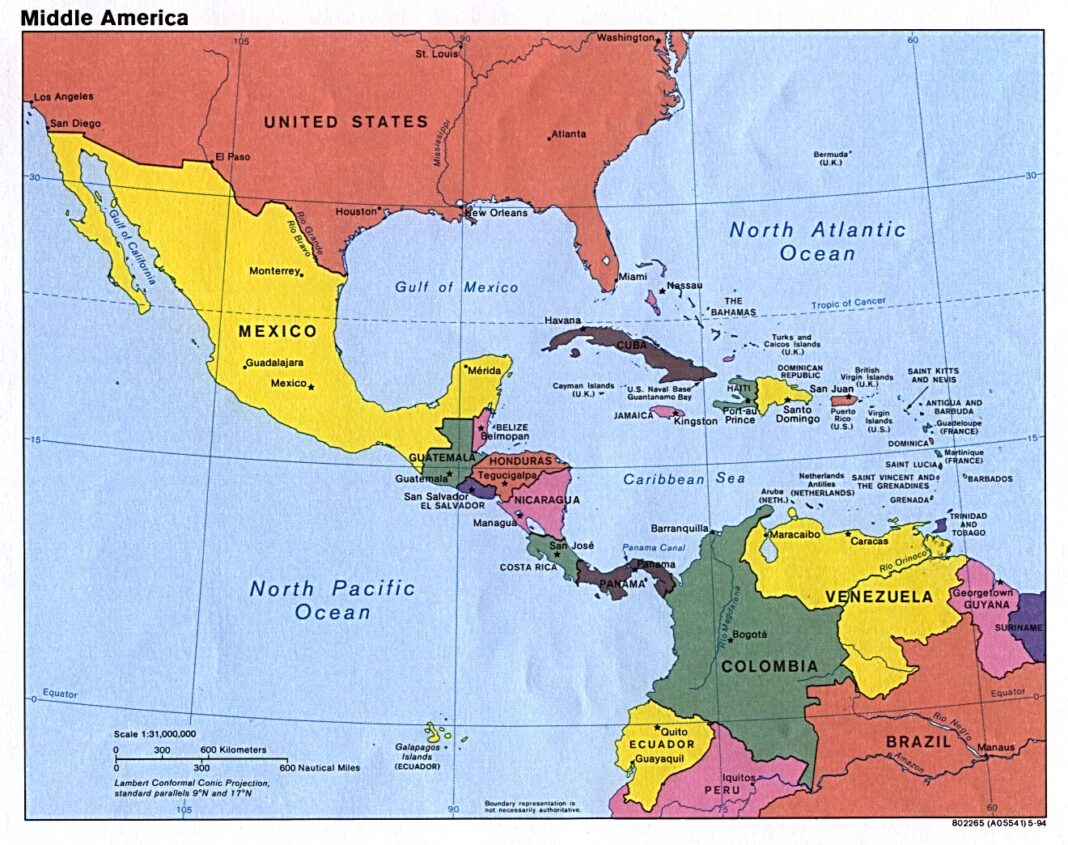Last month I drew attention to the United Nations Development Programme’s Human Development Report. In the most recent edition of the report, published in March, the Caribbean reported relatively high levels of development, but improvements in the last decade were disappointing in comparison to countries of similar size. The 2023-2024 Human Development Report also provides information on the impact of inequalities within each country for which information is available. This is the subject to which we turn our attention this month.
The report provides a table which shows how much better the average person lives in societies in which most of the population is in the middle-income group, compared to countries with a few very rich and a majority of the poor and very poor. Table 3 of the annex of the report adjusts the country’s score to account for inequalities in the distribution of income and differences in life expectancy and educational achievement between the rich and poor.
There is some inequality everywhere, and the Human Development Index score falls for every country when the effects of inequality are factored in. However, the countries of Central America and the Caribbean suffer very large inequality losses not only when compared with advanced countries like the US and UK but also compared to other small islands and developing countries.
The inequality-adjusted index for Canada, the UK, and the US are between eight per cent and 11 per cent lower than before adjustment. Iceland, a small island economy that is one of the world’s most developed countries, recorded a loss of only five per cent in its adjusted index. The loss for Seychelles, a small Indian Ocean archipelago, is 11 per cent, about the same as for the US. Fiji, in the Pacific Ocean, suffers a 13 per cent loss in development as a result of inequality.
The losses from inequality suffered by Central American and Caribbean countries are all much larger. The losses in the adjusted index for Jamaica and the Dominican Republic, at 17 and 18 percent respectively, were the least costly for the region, in terms of the development impact.
Three other countries, Costa Rica, El Salvador, and The Bahamas, recorded losses of about 19 per cent in their inequality-adjusted index. Panama, Honduras, Barbados, Nicaragua, and St Lucia all saw inequality-adjusted indexes that were over 20 per cent lower than before adjustment. Of the countries in the Central American and Caribbean region for which data was reported, the impact of inequality was largest for Guatemala at 28 per cent.
Central American and Caribbean countries may improve the quality of life of their citizens by taking measures to lift a larger percentage into the middle class and by improving health and education access for those of lower income. They should aim to ensure that the life expectancy of the poor rises to equal the national average and that children from all income groups are able to complete their primary and secondary education. Governments can then use the Inequality-adjusted Human Development Index to track their success in achieving a better quality of life for a majority of the population, thereby making best use of increases in the national income to further national development.
DeLisle Worrell is the former Governor of the Central Bank of Barbados. (https://www.jamaicaobserver.com/2024/05/08/central-american-and-caribbean-countries-suffer-high-inequality-levels/)



































